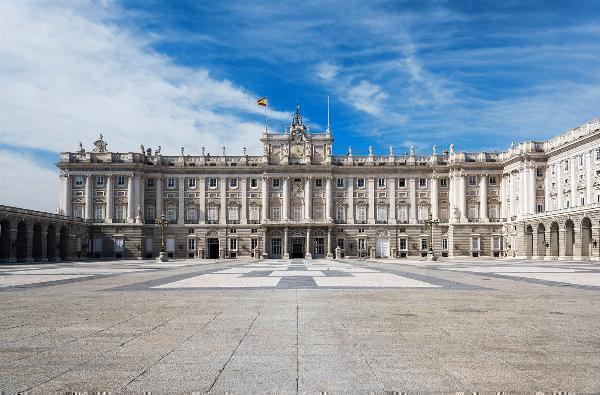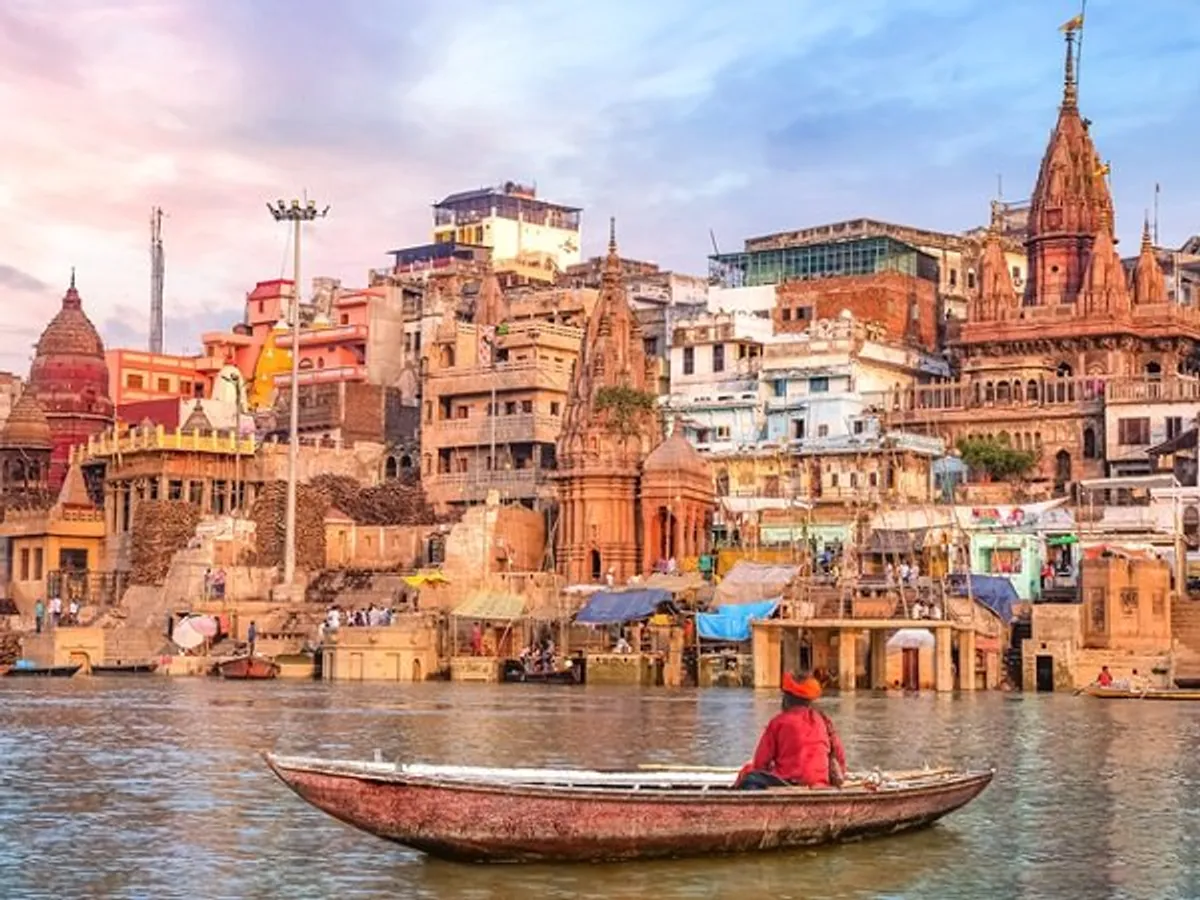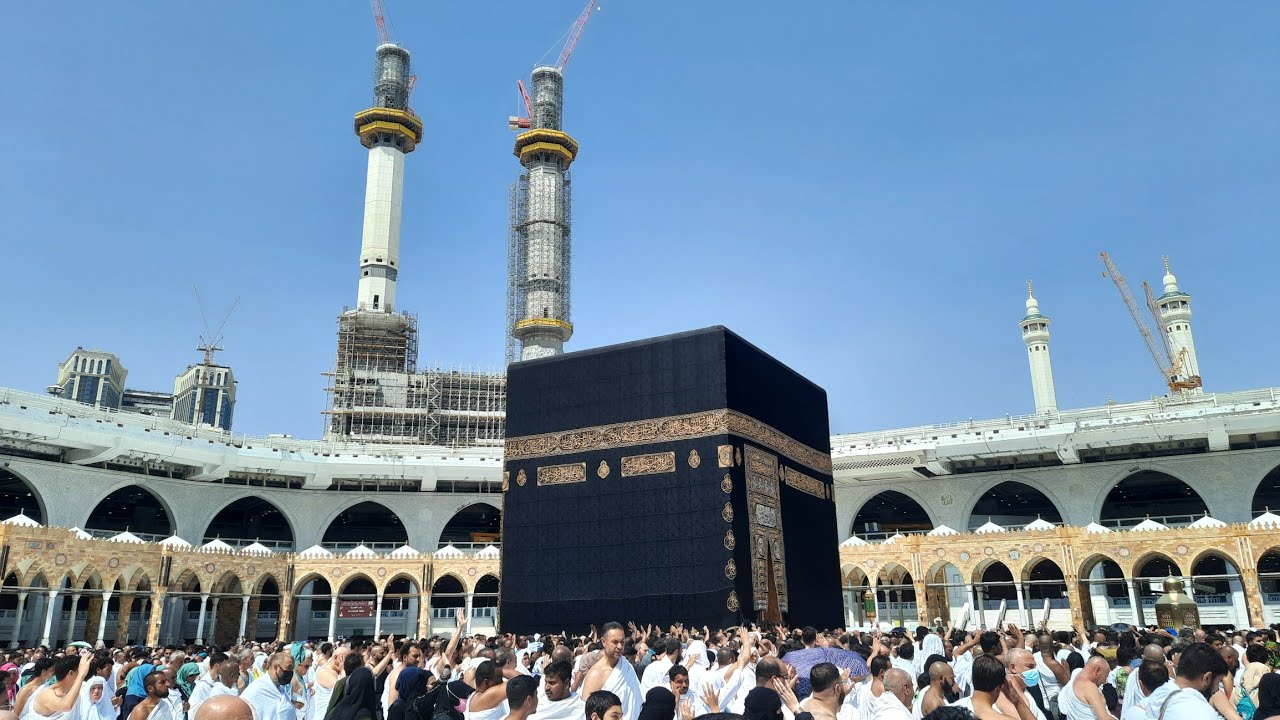Discovering the Royal Palace of Madrid: A Majestic Journey Through History

Strong 8k brings an ultra-HD IPTV experience to your living room and your pocket.
The Royal Palace of Madrid, also known as Palacio Real, stands as a testament to the grandeur and opulence of Spain's royal heritage. Nestled in the heart of Madrid, this architectural marvel is not only the official residence of the Spanish royal family but also a symbol of the nation's rich cultural history. Although the royal family no longer resides here, the palace remains a significant site for state ceremonies and official events.
A Glimpse into History
Constructed on the site of the old Alcázar of Madrid, which was destroyed by a fire on Christmas Eve in 1734, the Royal Palace of Madrid was commissioned by King Philip V. The design of the palace was heavily influenced by French architectural styles, reflecting Philip V's Bourbon heritage. The construction began in 1738 and was completed in 1755, with Charles III becoming the first monarch to occupy the palace in 1764.
The palace has witnessed numerous historical events, including the Spanish War of Independence, the reign of various Spanish monarchs, and the transition to democracy in the late 20th century. Each epoch has left its mark on the palace, making it a living museum of Spanish history.
Architectural Marvels
The Royal Palace of Madrid is an architectural masterpiece, showcasing the grandeur of baroque and neoclassical styles. Covering an area of 135,000 square meters with 3,418 rooms, it is one of the largest palaces in Europe. The exterior of the palace is adorned with classical columns, intricate statues, and grand arches, creating an imposing and majestic façade.
Inside, the palace is a treasure trove of artistic and historical riches. The grand staircase, designed by Sabatini, greets visitors with its impressive marble steps and ornate decorations. The Throne Room, with its rich red velvet walls, gilded furniture, and ceiling frescoes by Tiepolo, epitomizes the palace's opulence. The Royal Armory, housing one of the most significant collections of armaments and armor in the world, provides a fascinating glimpse into the military history of Spain.
The Royal Collections
The Royal Palace of Madrid is home to an extensive collection of artworks, furnishings, and tapestries. The Royal Library contains invaluable manuscripts, rare books, and historic documents. Paintings by renowned artists such as Caravaggio, Velázquez, Goya, and El Greco adorn the walls of the palace, each telling a story of Spain's artistic legacy.
The Royal Chapel, with its exquisite baroque altar and stunning frescoes, showcases the religious devotion of Spain's monarchy. The Hall of Mirrors, inspired by the Hall of Mirrors in the Palace of Versailles, reflects the influence of French design on Spanish architecture.
Gardens and Surroundings
The beauty of the Royal Palace of Madrid extends beyond its walls to the meticulously maintained gardens and surroundings. The Sabatini Gardens, located to the north of the palace, offer a serene retreat with their geometric designs, fountains, and statues. Originally designed in the 1930s, these gardens provide a perfect spot for leisurely strolls while enjoying picturesque views of the palace.
To the east, the Campo del Moro gardens present a more expansive and romantic landscape. Named after the Moorish army that camped here during the siege of Madrid in the 12th century, these gardens feature winding paths, lush greenery, and charming water features. Visitors can also enjoy a panoramic view of the palace from the Plaza de Oriente, a grand square flanked by statues of Spanish kings.
Exploring the Royal Palace of Madrid Entrances
Visitors to the Royal Palace of Madrid can enter through several grand entrances of Royal Palace of Madrid, each offering a unique perspective of this magnificent structure. The principal entrance is through the Plaza de la Armería, where the Changing of the Guard ceremony takes place. This ceremonial event, held every Wednesday and Saturday, is a popular attraction, showcasing the traditional uniforms and protocols of the Spanish Royal Guard.
The Plaza de Oriente entrance provides direct access to the palace's east façade and offers stunning views of the surrounding gardens and the Almudena Cathedral. For those interested in exploring the Royal Collections, the entrance from the Campo del Moro gardens is ideal, leading visitors through the lush greenery and directly into the heart of the palace.
Visiting the Royal Palace
The Royal Palace of Madrid is open to the public, offering guided tours that provide in-depth insights into its history, architecture, and royal heritage. Audio guides are available in multiple languages, allowing visitors to explore at their own pace. Special exhibitions and cultural events are regularly held within the palace, adding to its allure as a cultural landmark.
Tickets can be purchased online or at the entrance, with options for combined tickets that include entry to other nearby attractions, such as the Almudena Cathedral and the Royal Theatre. It is advisable to check the official website for the latest information on opening hours, ticket prices, and any special events.
Conclusion
The Royal Palace of Madrid is more than just a royal residence; it is a monumental symbol of Spain's history, culture, and artistic legacy. From its grand architecture and opulent interiors to its extensive gardens and priceless collections, the palace offers a fascinating journey through centuries of Spanish heritage. Whether you are a history enthusiast, an art lover, or simply a curious traveler, a visit to the Royal Palace of Madrid promises an unforgettable experience, steeped in the grandeur of a bygone era.
In the heart of Spain's vibrant capital, the Royal Palace stands as a majestic reminder of the nation's regal past and its enduring cultural legacy.
Note: IndiBlogHub features both user-submitted and editorial content. We do not verify third-party contributions. Read our Disclaimer and Privacy Policyfor details.







